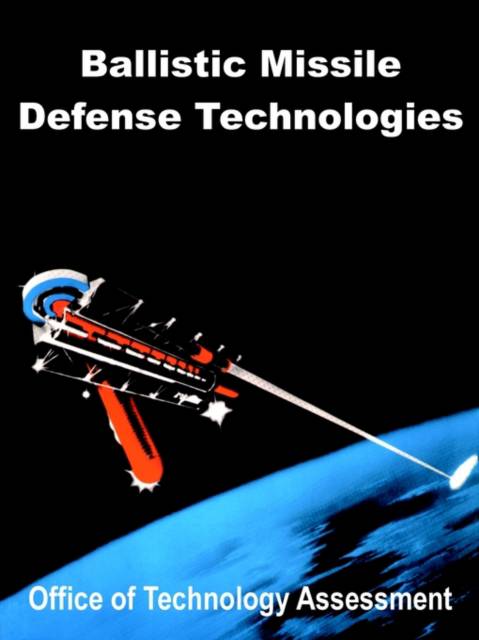
- Afhalen na 1 uur in een winkel met voorraad
- Gratis thuislevering in België vanaf € 30
- Ruim aanbod met 7 miljoen producten
- Afhalen na 1 uur in een winkel met voorraad
- Gratis thuislevering in België vanaf € 30
- Ruim aanbod met 7 miljoen producten
Zoeken
€ 50,95
+ 101 punten
Omschrijving
President Reagan's Strategic Defense Initiative has kindled a national debate over the roles of strategic nuclear weapons, ballistic missile defenses, and arms control in U.S. national security policy. It has also underscored the important ramifications of U.S. military space policy. At the requests of the House Armed Services Committee and the Senate Foreign Relations Committee, the Office of Technology Assessment of the United States Congress undertook an assessment of the opportunities and risks involved in an accelerated program of research on new ballistic missile defense technologies, including those that might lead to deployment of weapons in space. Debate over the relevant political, military, and technical issues has been hotly contested by participants with widely varying assumptions and points of view. OTA has not attempted to resolve the debate, but rather to try to clarify the issues and enhance the level of discourse. This report examines both the "why" and the "what" of ballistic missile defenses. Why would we want ballistic missile defense weapons if we could have them? Would the advantages of deploying them outweigh the disadvantages? What technologies are under investigation for BMD applications? How might those applications serve our strategic goals? These policy and technology questions interact with one another in complex ways: what seems technologically possible conditions perceptions of policy options, while policy choices shape technological pursuits.
Specificaties
Betrokkenen
- Auteur(s):
- Uitgeverij:
Inhoud
- Aantal bladzijden:
- 340
- Taal:
- Engels
Eigenschappen
- Productcode (EAN):
- 9781410202864
- Verschijningsdatum:
- 7/12/2002
- Uitvoering:
- Paperback
- Formaat:
- Trade paperback (VS)
- Afmetingen:
- 210 mm x 279 mm
- Gewicht:
- 766 g

Alleen bij Standaard Boekhandel
+ 101 punten op je klantenkaart van Standaard Boekhandel
Beoordelingen
We publiceren alleen reviews die voldoen aan de voorwaarden voor reviews. Bekijk onze voorwaarden voor reviews.











